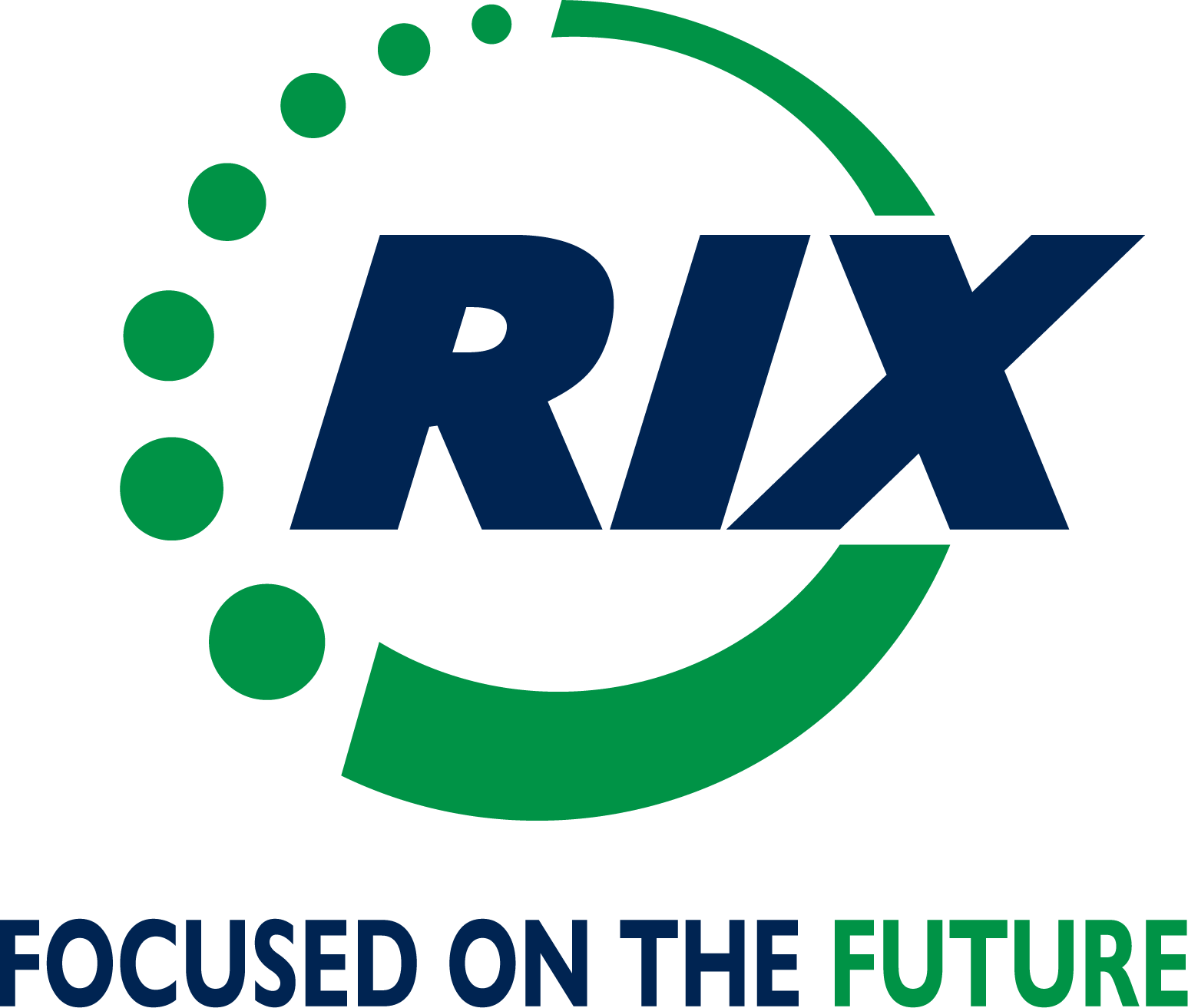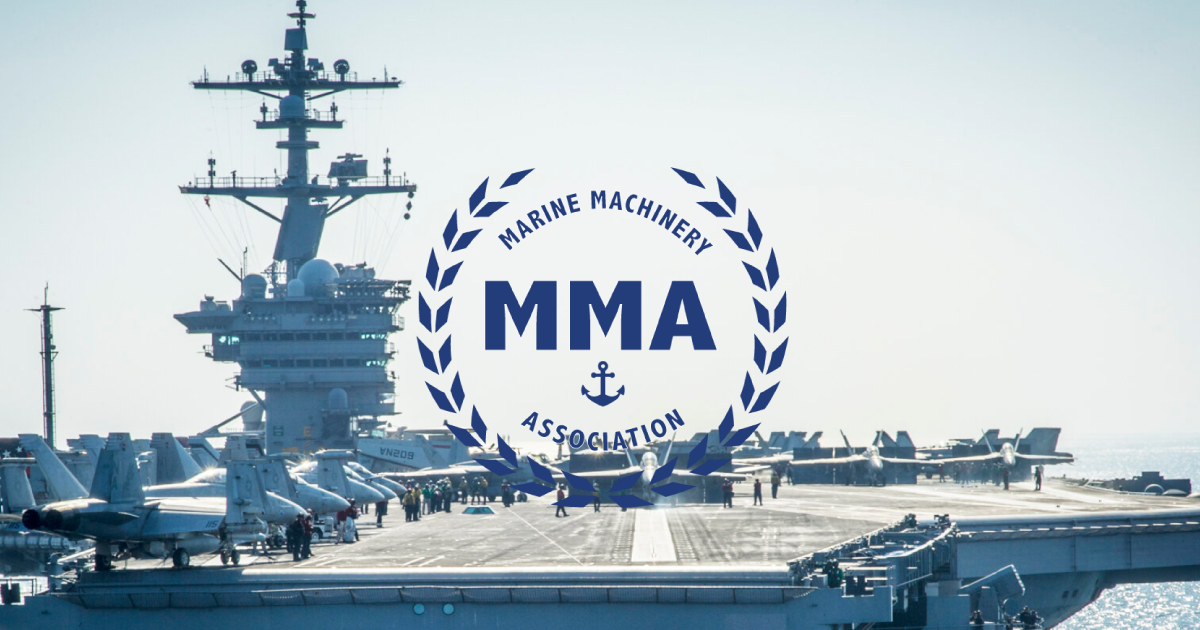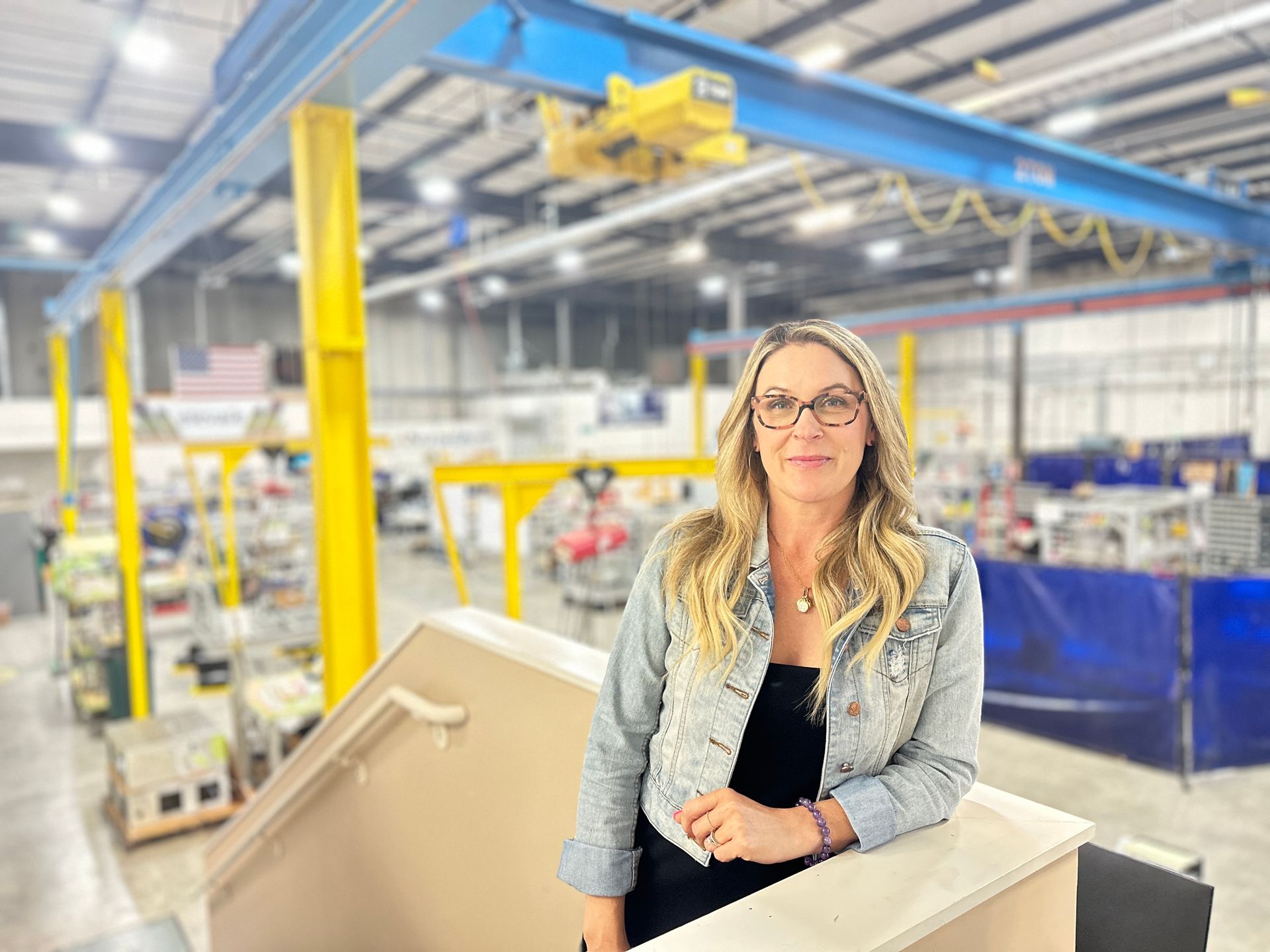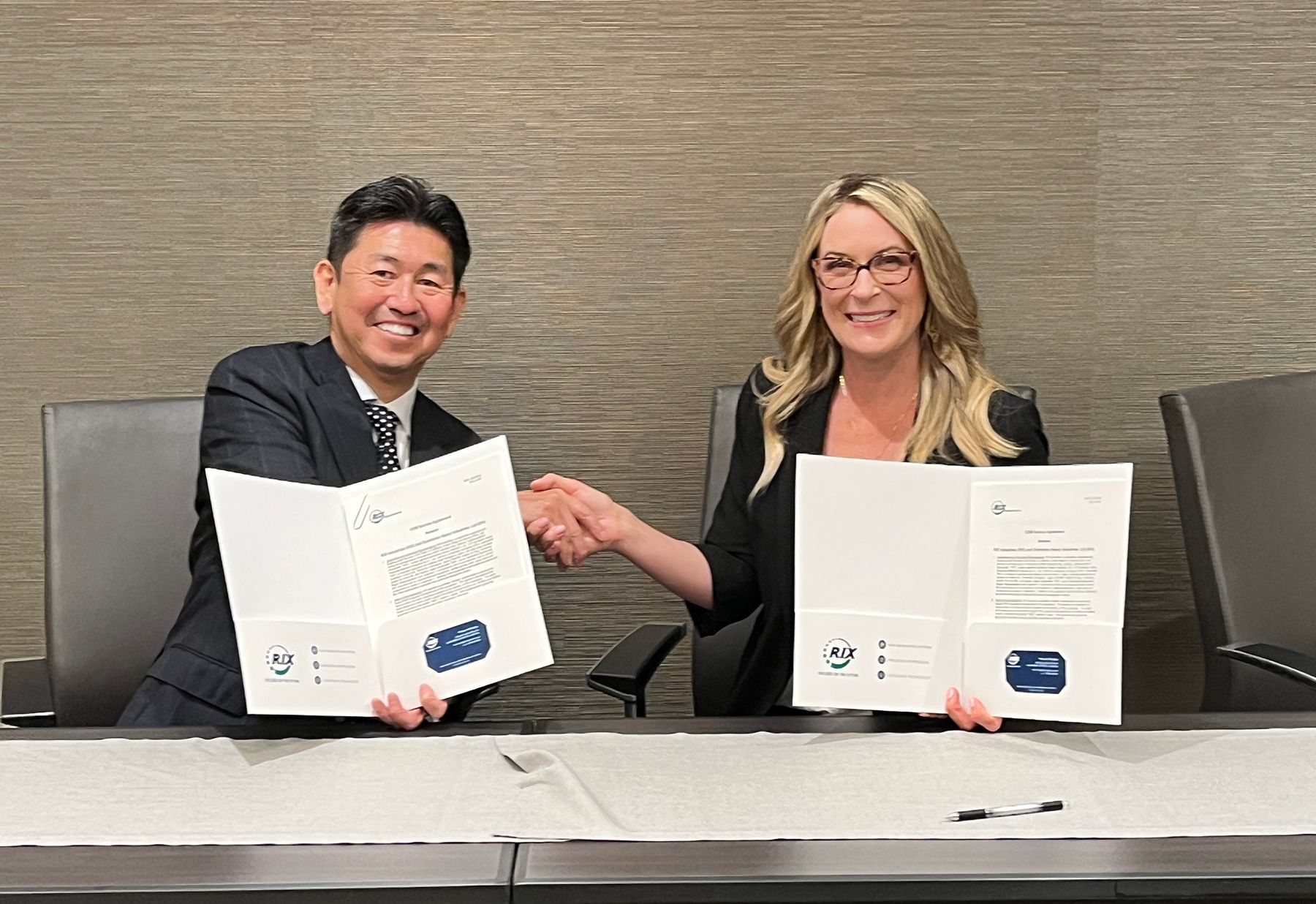Inside RIX
A Conversation with Our Senior Director of Business Development

Marty Ellner, PMP
Senior Director, Business Development | RIX Industries
Marty Ellner has held engineering and leadership roles at organizations like Air Industries Group, Marvin Engineering, and EDO Corp (now part of L3Harris). A Certified Project Management Professional (PMP), Marty currently leads business development efforts across the diverse portfolio of RIX Industries products, counselling customers on how to solve difficult challenges across a variety of industrial markets. Marty can be reached at mellner@rixindustries.com or via LinkedIn.
Q&A with Marty Ellner, Director of Business Development, Aerospace Division
Marty Ellner has spent his career on the leading edge of aerospace innovation, from his early days in weapons ejection systems to his current role in boosting RIX’s defense sector growth. In this Q&A, Marty shares what drives him, how RIX helps modernize defense platforms, and the trends that are shaping the future of pneumatic technology.
Q: How did you find your way to RIX Industries?
A: I first worked with RIX back when I was at EDO Corporation, a leader in defense known for suspension and release equipment—bomb racks and missile launchers. We were working on replacing pyrotechnic cartridges with high-pressure air for cleaner, more efficient ejection systems. EDO needed a small aerospace-compatible compressor, and I remembered RIX from a prior project involving compressed natural gas. That’s how the relationship started. Years later, after working with RIX as a customer for many years, I happened to see a RIX job posting that described my background perfectly, and I thought, “This is meant to be.” And here I am.
Q: What do you enjoy most about your role?
A: For me, it’s the thrill of finding new opportunities, talking to people about their needs, and realizing that we may already have a solution. I check government solicitations daily, keep up with industry articles, and review old inquiries to see if we now offer a solution that might be a fit today. Just recently, I followed up with someone I knew could likely benefit from one of our new products. That kind of moment energizes me.
Q: What makes your approach to business development unique?
A: I’m not a traditional salesperson. I think I’d be terrible at selling trinkets. What I do is educate. I explain how we can fulfill a requirement, and I connect the dots between a customer’s need and the capabilities we’ve developed. I’ve built relationships over decades in this very small, niche field, and that trust really matters. I’ll even point people to other suppliers if we’re not the right fit. It’s about helping, not just selling.
Q: How is the industry evolving when it comes to ejection systems?
A: Pyrotechnic bomb racks are still used on legacy aircraft like the F-16 and F-15, and that won’t change anytime soon. But new platforms—like the F-35 and P-8A—are using pneumatic systems. Pneumatics offer big advantages: no debris, less maintenance, and no need to track and dispose of explosive cartridges. On the P-8A, for example, there are multiple RIX compressors supporting both weapons ejection and sonobuoy deployment. It’s a cleaner, smarter solution, and that’s where the future is headed.
Q: Are you seeing any major trends or changes in defense programs?
A: Currently, the largest trend in the defense area is the use of unmanned technology. All services are looking at incorporating unmanned platforms, whether it be ground, sea or air platforms. In the air warfare segment, the USAF is looking at incorporating unmanned “loyal wingmen” with manned 5th and 6th generation fighters. The concept is to have a single manned fighter take off with multiple unmanned aircraft, giving the manned fighter additional mission capability.
The unmanned aircraft provide additional capability at a fraction of the cost of manned platforms. Whether the aircraft is manned or unmanned, most will require the ability to deploy weapons, sensors or swarms of small UAVs. To do this safely, the aircraft will require pneumatic-assisted ejection or deployment. There is also research being conducted exploring the use of active flow control to enhance aircraft aerodynamics and maneuverability. Compressors can be required to generate the air that will be used to enhance aircraft aerodynamics and performance.
Q: What's been your most memorable moment at RIX so far?
A: I had the opportunity to visit Eglin Air Force Base and get a close-up look at the F-35. I even got to stick my head inside the weapons bay. That was definitely a “cool factor” moment, seeing one of the most advanced aircraft in the world up close. It was especially meaningful given that the F-35 has a pneumatic ejection system that I was able to see and envision how RIX could provide a similar high-pressure compressor for the aircraft or other aircraft.
Q: What do you want people to know about your work or your mindset at RIX?
A: I genuinely like to help people. That applies to customers, colleagues, anyone really. Sometimes people come to me knowing we don’t have exactly what they need, and I’ll still try to point them in the right direction. For customers trying to find a solution, RIX can design custom solutions based on their specific requirements. We’ve been doing this a long time and customization is something we’re particularly good at. I like to tell potential customers that it’s best to get RIX involved during the concept design phase. Understanding the application and usage can really help us zero in the optimal solution. Working closely with customers in the early stages helps us to become partners, not just a supplier or vendor.
To connect with Marty or to learn more about pneumatic technology, partnering with RIX, or becoming part of the RIX team, email mellner@rixindustries.com.











